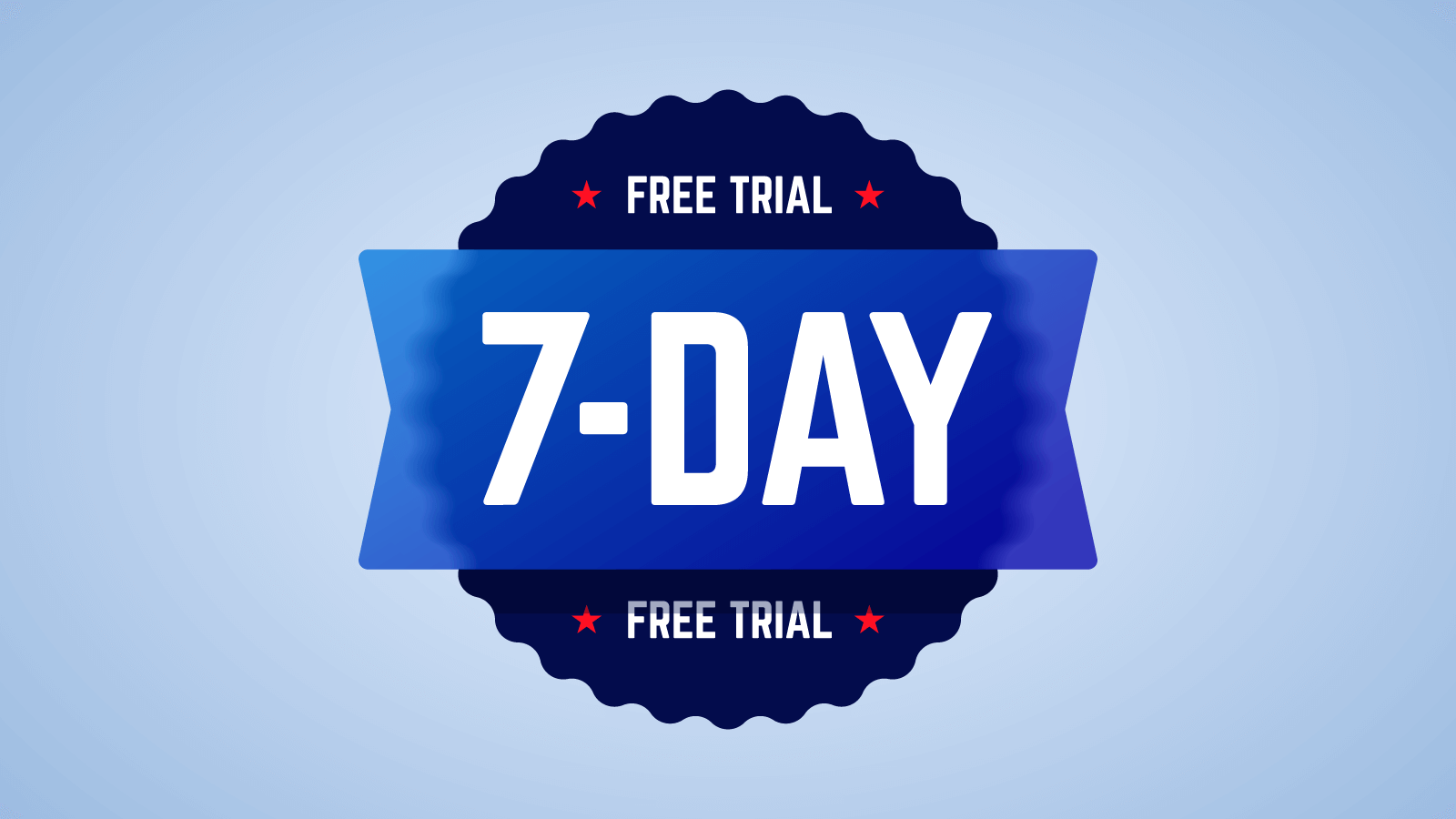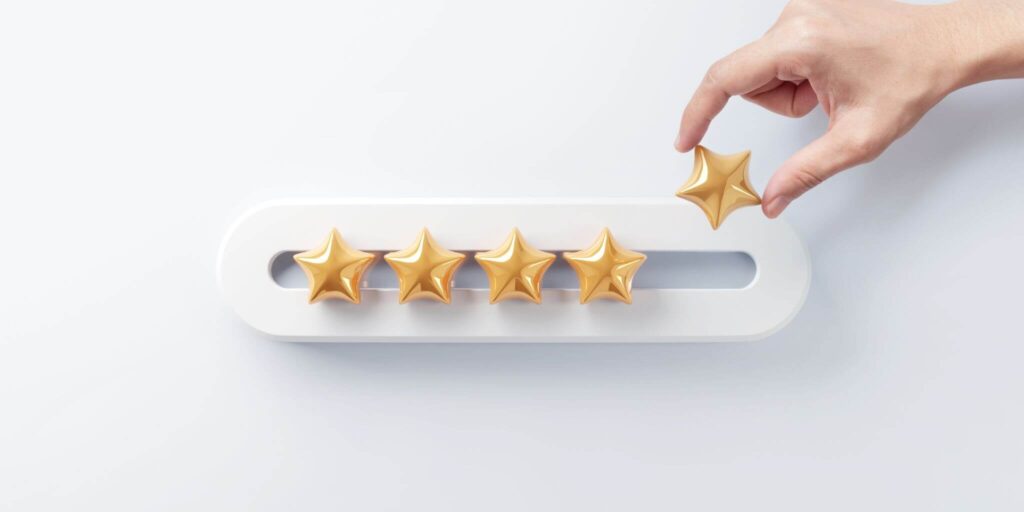It’s no secret — the buyer journey just isn’t what it used to be. And while marketing and sales teams keep adapting and pivoting to a funnel where prospects direct more and more of their own journey, a new player is emerging as a growth driver: the product itself.
Product-led growth can be an invaluable tool — if you’re willing to put your money where your mouth is and let would-be customers sell themselves on what you have to offer.
What is Product-Led Growth?
Product-led growth is a business methodology that puts the responsibility of acquiring, engaging, converting, and retaining customers on the product or service your company offers — a sharp departure from the traditional method of tasking sales and marketing teams with driving leads and securing sales.
The concept of product-led growth (or PLG) is built on three key pillars:
- Minimizing any factors that might stand between your audience and your solution
- Making it easy — and desirable — to adopt your product
- Delivering an experience that builds customer loyalty and advocacy
The Logical Evolution of Sales
Given that I’m the head of a marketing agency, it may seem odd for me to endorse a sales strategy that shifts focus away from what my team and I do. But product-led growth is the logical evolution of the sales process — and frankly, I’m surprised it took this long for us to realize it.
What do I mean?
An outstanding customer experience has always been critical to business success. If buyers don’t enjoy the process of purchasing and using your product, they won’t keep using it. But 100% of B2B customers (seriously, all of them) want self-service options for some or all of their purchase experience. Woof.
Sales teams, who used to own the customer journey, simply can’t deliver an outstanding experience when the majority of buyers aren’t talking to them. It’s simply not possible. As a result of this shift in the buyer journey, companies are shifting the onus to the product to deliver the seamless, personalized experience customers demand.

Is PLG Right for Your Business?
Overhauling the way you market and sell your product is not something you can accomplish over the weekend. It’s vital to evaluate both your solution and business model to determine if the methodology is right for you.
Your answers to these common go-to-market questions can help identify if PLG makes sense for you.
- Who is your buyer? A product-led growth strategy requires you to sell to the people who will actually use your product, not someone in purchasing or the company’s leadership.
- Where will they learn about you? Because PLG focuses on CX and delighting buyers, the goal is to have satisfied users share your product themselves, reducing your reliance on traditional promotional strategies.
- Why would they choose you? An exceptional customer experience relies on delivering a better user experience, more value, and a reliable solution.
- How will they make a purchase? In a PLG strategy, conversion decisions happen after users have experienced your product first-hand, not after a sales conversation.
SaaS and Product-Led Growth Examples: A Match Made in Heaven

Zoom was founded in 2011. Using a PLG strategy, it overtook major players like Cisco, Adobe, and Microsoft to go from 3 million users in 2013 to 300 million by 2022.

Slack, another startup that embraced PLG, has maintained such focus on its user experience that 77% of Fortune 100 companies pay for — and endorse — its platform.
Why did product-led growth work so well for these SaaS providers? They followed the three pillars I mentioned earlier — they minimized barriers, maximized adoption, and delighted their customers with a superior experience. Think about it:
- Both platforms work exactly as expected — they’re intuitive and easy to use without training
- Both can be used for free, with advanced features and controls available for an additional charge
- Both integrate easily with other tools that are popular with their users
But Why? The Benefits of Product-Led Growth
But you’ve been doing OK so far with the traditional marketing and sales-led funnel. Why change things now?
The obvious answer: If buyers already prefer a self-directed journey and expect an exceptional experience, you’re going to be doing a lot of the heavy lifting required for PLG anyway. But if that’s not enough for you, here are a few other benefits a product-led growth strategy can offer.
- Lower customer acquisition costs. Sales teams aren’t free. Embracing a self-serve model that lets users upgrade themselves lowers your cost per acquisition.
- Increased revenue per employee. The PLG methodology supports sustainable, scalable growth without the need to continually expand your team as your business grows.
- Shorter sales cycle. Self-onboarding reduces time-to-value and your sales cycle — and the better your product is at helping customers achieve their goals, the faster they’ll convert.

How to Achieve Product-Led Growth
Embracing the PLG methodology is not as simple as scaling back your marketing efforts, cutting your sales team, and hoping your product has what it takes to reel in customers. While sales and marketing tactics shift, your product must pick up the slack to convince your users to make a purchase.
And it’s all about making the experience of using your solution easy and pain-free.
Removing the Cost Barrier
A fundamental part of product-led growth is giving your users the opportunity to try your solution for themselves. While you definitely know that your solution is the answer to all their problems, they likely don’t. So they’re not going to pony up any cash for what is effectively a trial run. That’s right — they have to be able to use your platform for free. Making that happen can take one of two forms:
- Free trial — a limited period that allows users to access all parts of your solution at no cost
- Freemium tier — a basic version of your solution that lets anyone use the fundamental parts of it but with reduced features, capacity, or support
Optimizing the Experience
Once users have found you and made the decision to try out your product, it’s got to be good. I mean, really good. Create a thoughtful, streamlined onboarding experience that goes beyond making it easy to use your solution and makes it enjoyable. Top-notch UX design is vital, but added touches (think tutorials or simple customizations) can take the experience of starting out with your product over the top.
Let TPM Help Develop Your PLG Strategy
Ready to embrace product-led growth but not sure where to start? The experts at TPM are here to help. Contact our team to discuss what we can do for you.
